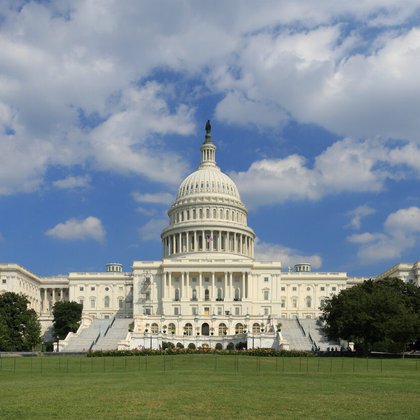By Jose A. Hernandez-Mayoral
The author is the secretary of Federal and International Affairs
for the Popular Democratic Party of Puerto Rico.
A seemingly innocent bill before the U.S. House of Representatives Natural Resources Committee is the centerpiece of a Puerto Rico statehood plan. On its face, H.R. 2499 simply calls for a non-binding expression by Puerto Rican voters on their political status preference. Behind the innocuousness, however, lies a fully thought-out assault on Congress to designate the island the 51st state.
H.R. 2499 builds upon two earlier failures for statehood. In 1993, after a landslide victory in the general elections, the pro-statehood governor called for a plebiscite expecting his personal popularity to translate into a similar win for statehood. The governor allowed each of the parties to decide how their status option would appear defined on the ballot. To his surprise, the island’s current commonwealth status won with 48.6 percent of the vote, to 46.5 percent for statehood and 4.4 percent for independence.
Pledging not to let that happen again, the governor called for a new plebiscite in 1998, but this time he drafted the commonwealth ballot definition himself — and in such unpalatable terms that the commonwealth party could not endorse it. To the governor’s dismay, the commonwealth party asked supporters to vote instead for a “none of the above” option. Commonwealth (“none of the above”) prevailed again with 50.3 percent of the vote against statehood’s 46.5 percent and independence’s 2.5 percent.
Today, still smarting from that defeat, the statehood party has a new scheme.
H.R. 2499, authored by Puerto Rico’s pro-statehood delegate to Congress, splits a new vote into two rounds. The first stipulates a yes-or-no vote on the “current political status.” But if the current status doesn’t attain 50 percent, there would be a second vote including all other options.
What is at play with this legislation is the railroading of a self-determination process. Take the 1993 numbers, for example. Commonwealth status was supported with 48.6 percent of the vote. It was preferred over all other status options. Under H.R. 2499, an identical result would eliminate the commonwealth option and force voters to a second round limited to the options that have come in second, third and fourth in previous plebiscites. With the commonwealth option out of the ballot, statehood is finally, albeit crookedly, assured a victory.
The “none of the above” option can no longer foil a statehood majority as it did in 1998. That was a judicially-mandated option based on constitutional grounds regarding an individual’s right to vote. But the Puerto Rico Supreme Court’s ideological composition changed when the new pro-statehood governor filled three vacancies, so a 4-3 majority has reversed the earlier ruling requiring this option. “None of the above” wouldn’t be on the ballot.
While Puerto Rico’s delegate is selling H.R. 2499 to his colleagues in Congress as a non-binding plebiscite, his party’s 2008 platform (page 179) declares that after statehood wins, it will use all strategies including a Tennessee-type scenario to force Congress into admitting Puerto Rico as a state.
What is the Tennessee reference? It involves a territorial census in 1795 that revealed a clear majority for Tennessee statehood. The governor — after calling for a constitutional convention wherein Tennessee leaders “converted” the territory into a state– applied to Congress for admission by sending the elected senators and representatives to stand in the hallways demanding their seats. Confused and divided over Tennessee’s move, Congress admitted Tennessee as a state in 1796.
The Puerto Rico statehood party is planning a similar coup. It will use the plebiscite’s artificial and anti-democratic results to initiate a “civil rights movement,” electing two senators and seven representatives, who will then travel to Washington and demand their “seats” in Congress.
Don’t be fooled: H.R. 2499 is a classic wolf in sheep’s clothing – and must be stopped.



